Is your mouse giving you trouble? Find quick solutions to fix it.
Checking Hardware and Connections
To troubleshoot why your mouse isn’t working, start by checking the hardware and connections. First, make sure the mouse is properly connected to your computer. If you’re using a wired mouse, ensure that the USB or PS/2 port is securely plugged in. For wireless mice, check that the batteries are correctly inserted and that the wireless USB adapter is connected.
Next, check if there are any issues with the mouse itself. Try using the mouse on a different computer or try a different mouse on your computer to determine if the problem is with the mouse or the computer.
If the hardware and connections are fine, it’s possible that the device driver for your mouse needs to be updated. Open the Device Manager and look for any yellow exclamation marks or error messages next to the mouse entry. If there is, right-click on the mouse and select “Update driver” to download and install the latest driver.
If the mouse still isn’t working, try restarting your computer in safe mode. This will load only essential drivers and services, which can help identify if any third-party software is causing the issue. To boot into safe mode, restart your computer and press the F8 key repeatedly before the Windows logo appears.
Resolving Wireless and USB Connection Issues
If your mouse is not working, there are a few troubleshooting steps you can take to resolve the issue quickly. First, check if the mouse is connected properly. If using a wireless mouse, make sure the receiver is plugged into a working USB port. For a USB mouse, ensure it is securely connected to the port. Restarting your computer may also help.
If the mouse still doesn’t work, try updating the device driver. Go to the Device Manager, locate the mouse under “Mice and other pointing devices,” right-click, and select “Update driver.” If that doesn’t work, try uninstalling and reinstalling the driver.
Another solution is to check the battery if using a wireless mouse. Replace the battery if it’s low.
If none of these steps work, try connecting the mouse to a different USB port or using a different mouse altogether to determine if the issue is with the mouse or the port.
Remember, if you’re using a laptop, check if the touchpad is disabled, as it might interfere with the mouse.
Hopefully, these troubleshooting tips will help you resolve the issue and get your mouse working again.
Updating and Installing Mouse Drivers
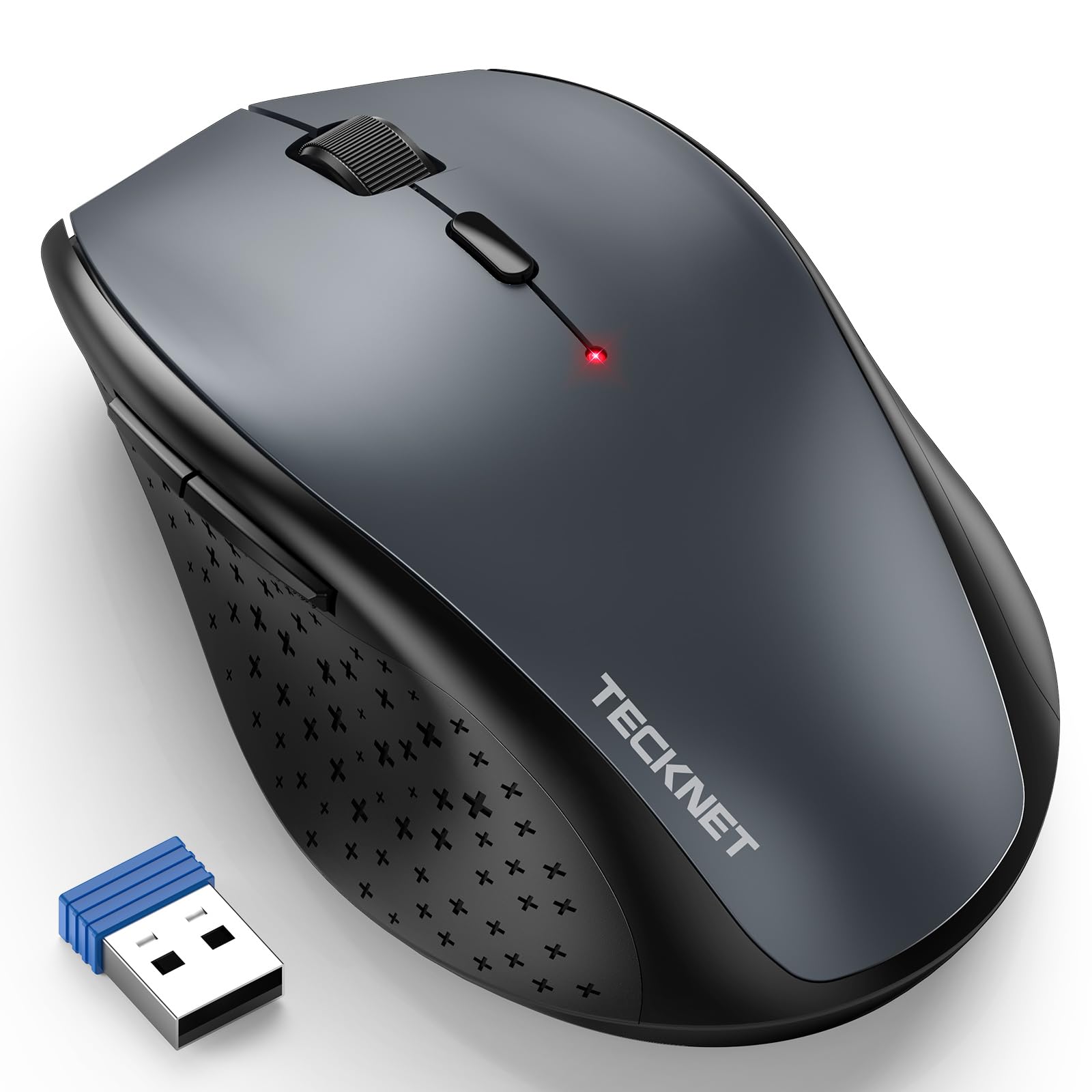
For PS/2 mice, start by shutting down the computer and then connecting the mouse to the PS/2 port. Once connected, power on the computer and let it boot.
For USB mice, simply plug the mouse into an available USB port on your computer.
Next, head to the manufacturer’s website or use Windows Update to download the latest driver for your specific mouse model. Once downloaded, locate the driver file and double-click to install it. Follow the on-screen prompts to complete the installation process.
After the driver installation, restart your computer to ensure the changes take effect.
If your mouse still isn’t working, try using a different USB port or testing the mouse on another computer. If the issue persists, consider replacing the mouse or seeking professional assistance.
Troubleshooting with Hardware and Software Tools
If your mouse is not working, there are a few troubleshooting steps you can take to quickly fix the issue. First, check the physical connection of your mouse. Ensure that it is securely plugged into the PS/2 port or USB port on your computer.
If the connection is fine, try using a different mouse or plugging your mouse into a different port. This will help determine if the issue is with the mouse itself or the port it is connected to.
If you are using a wireless mouse, check the batteries and replace them if necessary. Make sure that the receiver is plugged into a working USB port and that it is within range of the mouse.
Next, check your computer’s settings. Go to the Control Panel and open the Mouse settings. Make sure that the mouse is enabled and that the correct driver is installed.
If your mouse cursor is not moving smoothly, try cleaning the sensor on the bottom of the mouse or using a mousepad for better tracking.
If none of these steps resolve the issue, it may be a software problem. Restart your computer and see if that fixes the problem. If not, try updating your mouse driver or reinstalling it.
If you are using a laptop with a touchpad, make sure that it is not accidentally disabled. You can usually enable it by pressing a key combination such as Fn + F8 or by going to the touchpad settings in the Control Panel.
Adjusting Settings and Power Options
To adjust settings and power options for your mouse, follow these steps:
1. Connect your mouse to the appropriate port (PS/2 or USB) on your computer.
2. Open the “Settings” or “Control Panel” menu on your computer.
3. Look for the “Mouse” or “Hardware” section and click on it.
4. Within the mouse settings, you can adjust sensitivity, scrolling speed, and button functions.
5. If your mouse is not working at all, try restarting your computer and checking the connections.
6. If you are using a wireless mouse, make sure the batteries are properly inserted and have enough power.
7. If your mouse is connected via Bluetooth, ensure that the Bluetooth settings on your computer are turned on.
8. If all else fails, try using a different mouse or connecting your current mouse to a different USB port.
Re-installing Mouse and USB Port Drivers
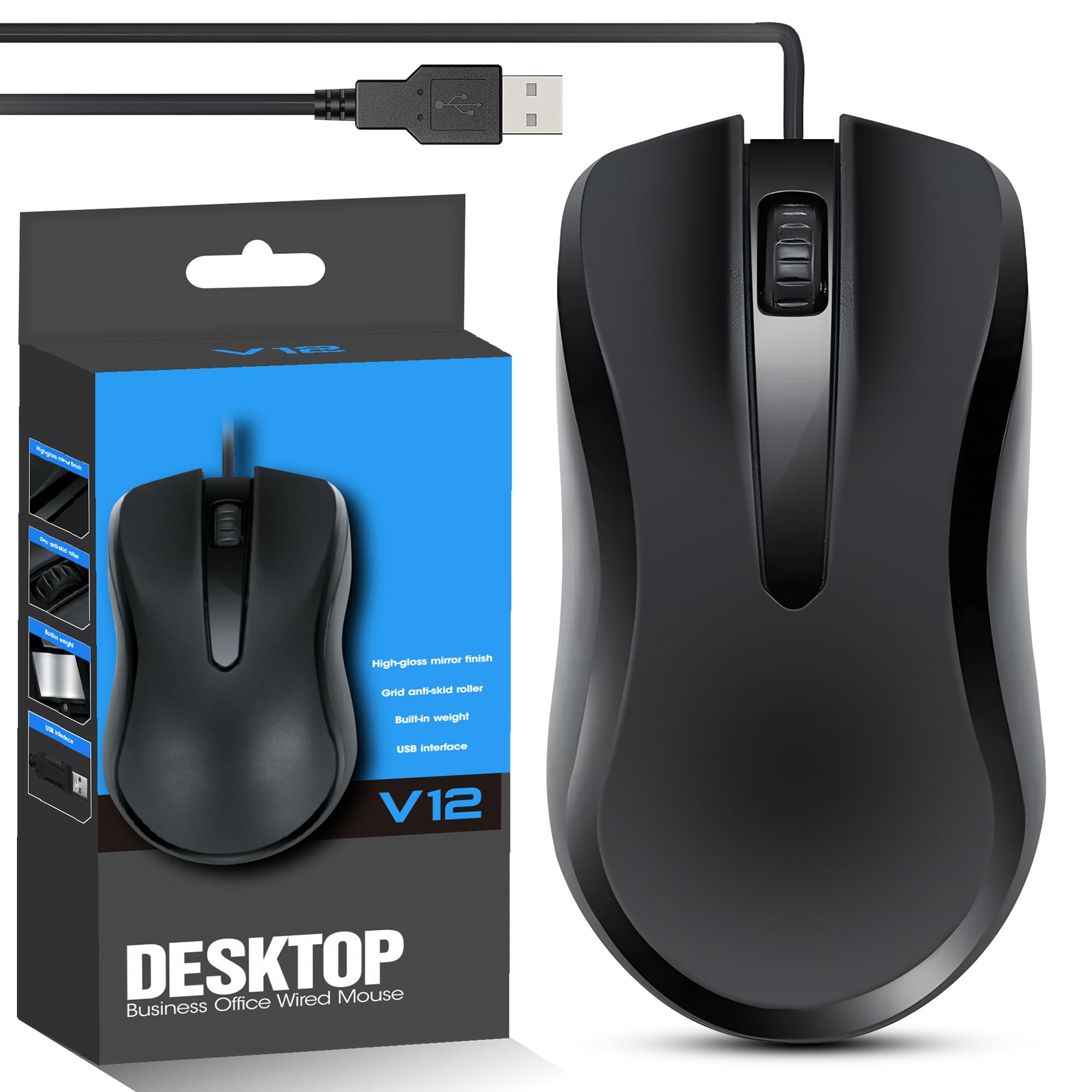
If your mouse is not working properly, it may be due to issues with the mouse and USB port drivers. Re-installing these drivers can help resolve the problem quickly.
To re-install the mouse and USB port drivers, follow these steps:
1. Press the Windows key + X and select Device Manager from the menu.
2. Expand the “Mice and other pointing devices” category.
3. Right-click on your mouse and select Uninstall.
4. Confirm the uninstallation and restart your computer.
5. After the restart, Windows will automatically reinstall the mouse driver.
If the issue persists, you can also try re-installing the USB port drivers:
1. In the Device Manager, expand the “Universal Serial Bus controllers” category.
2. Right-click on each USB driver and select Uninstall.
3. Restart your computer.
4. Windows will reinstall the USB port drivers automatically.
By re-installing these drivers, you can fix mouse issues and ensure proper functioning of your USB ports.
Addressing Operating System and Driver Conflicts
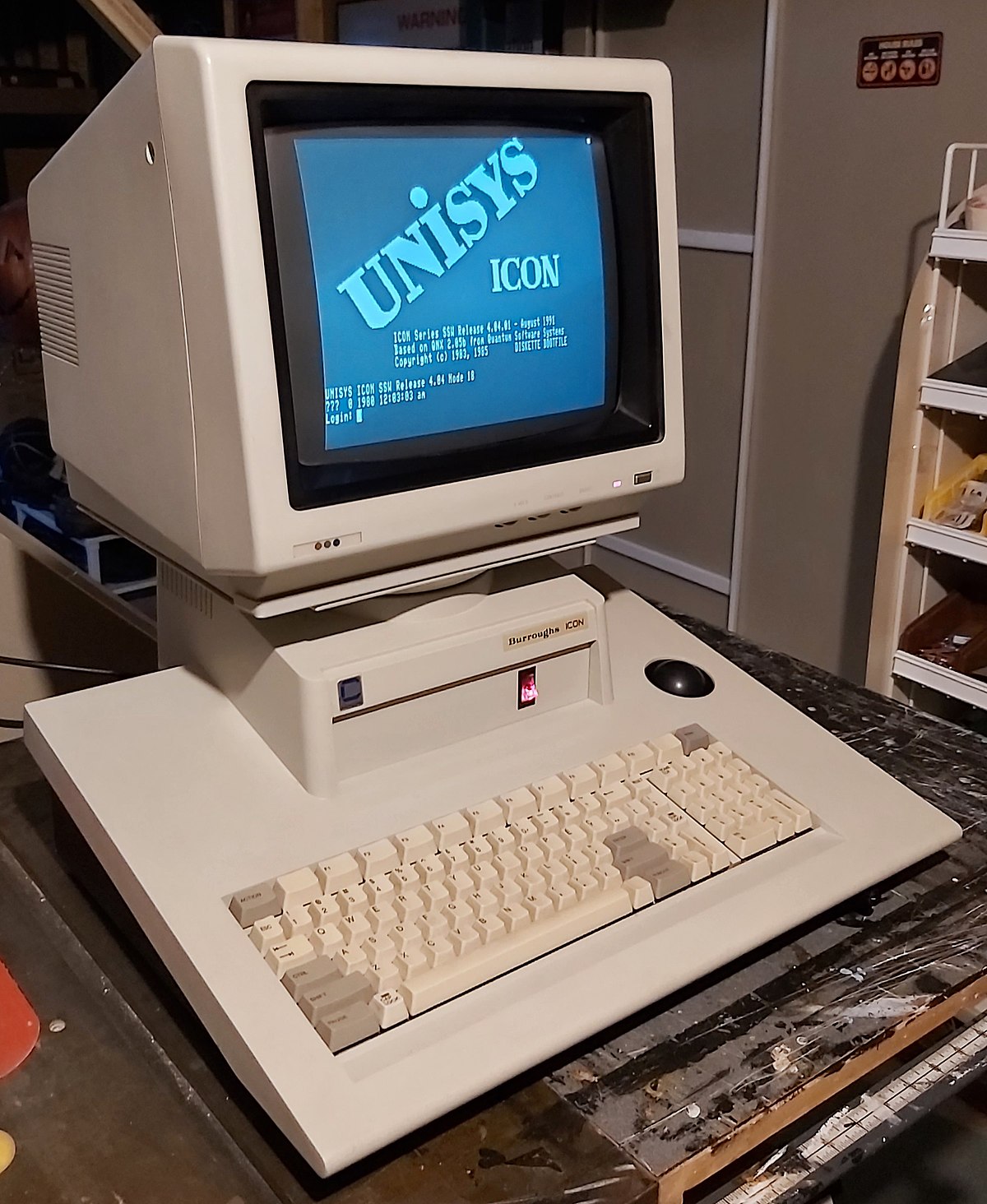
If your mouse is not working, it could be due to operating system or driver conflicts. Here are some steps you can take to fix it quickly.
1. Check the connection: Ensure that your mouse is properly connected to your computer. If you’re using a wired mouse, make sure the cord is securely plugged into the USB port or PS/2 port. For wireless mice, check the batteries and ensure the receiver is plugged in.
2. Update drivers: Outdated or incompatible drivers can cause issues. To update your mouse drivers, go to the manufacturer’s website and download the latest drivers for your specific model. Install the drivers and restart your computer if necessary.
3. Check for conflicts: Sometimes, other devices or software can interfere with your mouse. Open the Device Manager (press Windows key + X, then select Device Manager) and expand the “Mice and other pointing devices” category. If you see any yellow exclamation marks or red X marks, right-click on the device and select “Update driver” or “Enable.”
4. Restart your computer: A simple reboot can often resolve many software-related issues. Save any open work and restart your computer. This can help reset any temporary glitches or conflicts.
5. Test on another computer: If possible, try connecting your mouse to another computer to see if it works. This will help determine if the issue is with your mouse or your computer.
Ensuring Compatibility with Surfaces and Power Sources

To troubleshoot why your mouse isn’t working, it’s important to check for compatibility issues with surfaces and power sources.
First, make sure that the surface you’re using your mouse on is compatible. Some mice work better on specific surfaces, such as a mousepad or a smooth desk. If you’re using an optical mouse, avoid using it on reflective or transparent surfaces as it may interfere with the sensor’s accuracy.
Next, check the power source. If you’re using a corded mouse, ensure that it’s properly connected to the computer’s USB port or PS/2 port. If you’re using a wireless mouse, make sure the batteries are charged or replaced.
If your mouse is connected to a USB hub, try connecting it directly to the computer to rule out any issues with the hub.
Additionally, check the mouse settings on your computer. On Windows, go to the Control Panel and navigate to the Mouse settings. Ensure that the mouse is enabled and that the cursor speed is set correctly.
If you’re still experiencing issues, try restarting your computer. Sometimes, a simple reboot can resolve driver or software conflicts that may be causing the mouse to malfunction.
Overcoming Hardware Conflicts and Port Problems
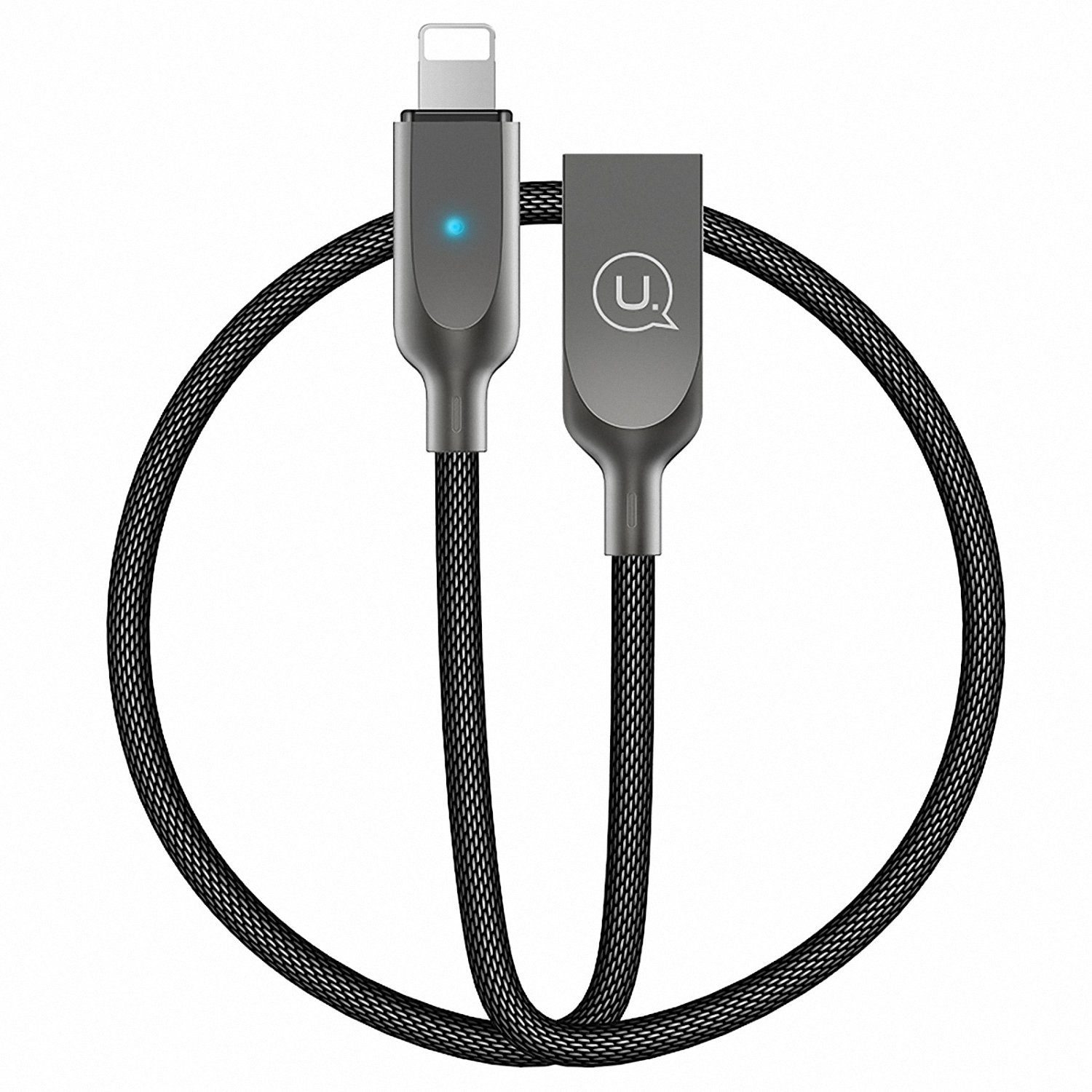
If your mouse isn’t working, it could be due to hardware conflicts or port problems. Here are some quick fixes to get your mouse up and running again.
First, check the connection. Make sure your mouse is properly plugged into the USB port or PS/2 port, depending on the type of mouse you have. If it’s a wireless mouse, ensure that the batteries are inserted correctly and the wireless receiver is connected.
If the connection is fine, try restarting your computer. Sometimes a simple reboot can resolve hardware conflicts.
Next, check your mouse settings. Go to the Control Panel and open the Mouse settings. Make sure the mouse cursor is enabled and the sensitivity is set correctly. You can also try adjusting the mouse speed to see if that helps.
If you’re still having issues, try using a different USB port or a USB hub to connect your mouse. Sometimes, certain ports may have conflicts with specific devices.
If none of the above solutions work, it’s possible that there may be a problem with the mouse itself. Try using a different mouse to see if the issue persists. If it does, you may need to replace the mouse or contact the manufacturer for further assistance.
Remember to always keep your system up to date with the latest Windows updates. Sometimes, outdated drivers or software can cause hardware conflicts.
Exploring Additional Troubleshooting Tips
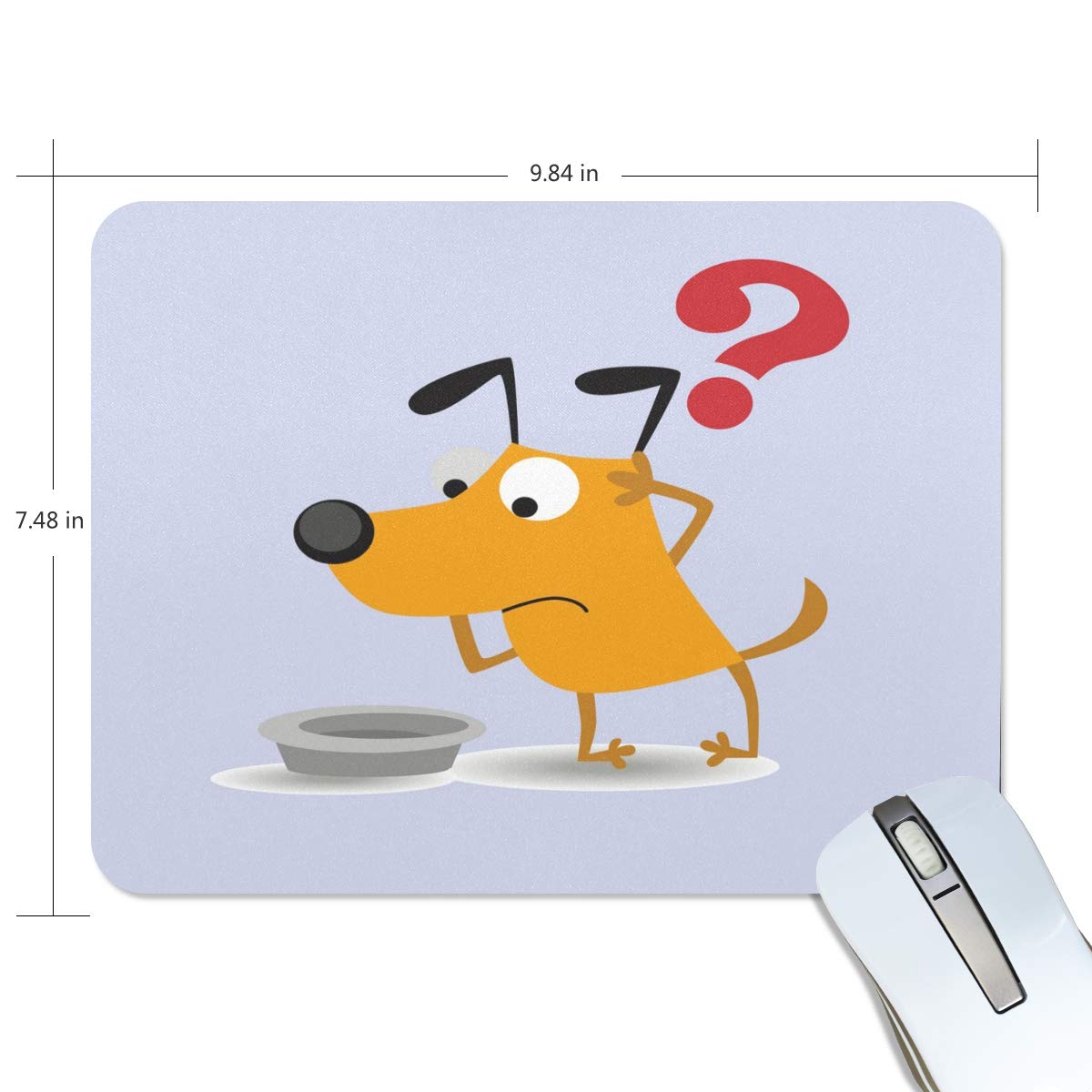
- Check the connection: Make sure the mouse is properly plugged into the computer.
- Try a different USB port: Connect the mouse to a different USB port on your computer to see if the issue is with the port.
- Replace batteries: If you’re using a wireless mouse, try replacing the batteries to ensure they are not the cause of the problem.
- Restart your computer: Sometimes a simple restart can resolve mouse issues.
- Update mouse drivers: Visit the manufacturer’s website and download the latest drivers for your mouse model.
- Test the mouse on another computer: If possible, connect the mouse to a different computer to determine if the issue is with the mouse itself.
- Disable conflicting software: Some programs or settings can interfere with mouse functionality. Disable any recently installed software or check mouse-related settings.
- Run a malware scan: Malware or viruses can cause problems with hardware devices. Use a reliable antivirus program to scan your computer.
- Try a different mouse: If all else fails, try using a different mouse to see if the issue is specific to the current mouse.
FAQs
How do I unfreeze my mouse?
To unfreeze your mouse, try restarting your computer. This can often resolve issues with an unresponsive or frozen mouse.
Why my wireless mouse is not working?
Your wireless mouse may not be working due to low battery power, a faulty USB port connection, synchronization issues with the receiver, or interference from other wireless devices.
Why does my mouse suddenly stop working?
Your mouse may suddenly stop working due to several reasons. First, check the cables and connections to ensure they are properly plugged in and secure. If you are using a wireless mouse, make sure the receiver is connected and the batteries are not dead. Additionally, outdated, corrupted, or incompatible mouse drivers can also cause malfunctions, so it is important to keep your mouse drivers up to date.
How do I fix an unresponsive mouse?
To fix an unresponsive mouse, you can try the following steps:
– First, unplug the USB cables and wait for a moment to allow Windows to unload the device driver.
– Then, plug the mouse back in.
– If the issue persists, try connecting the mouse to a different USB port on your computer.
– If you are using a USB hub, ensure that it is powered on.

